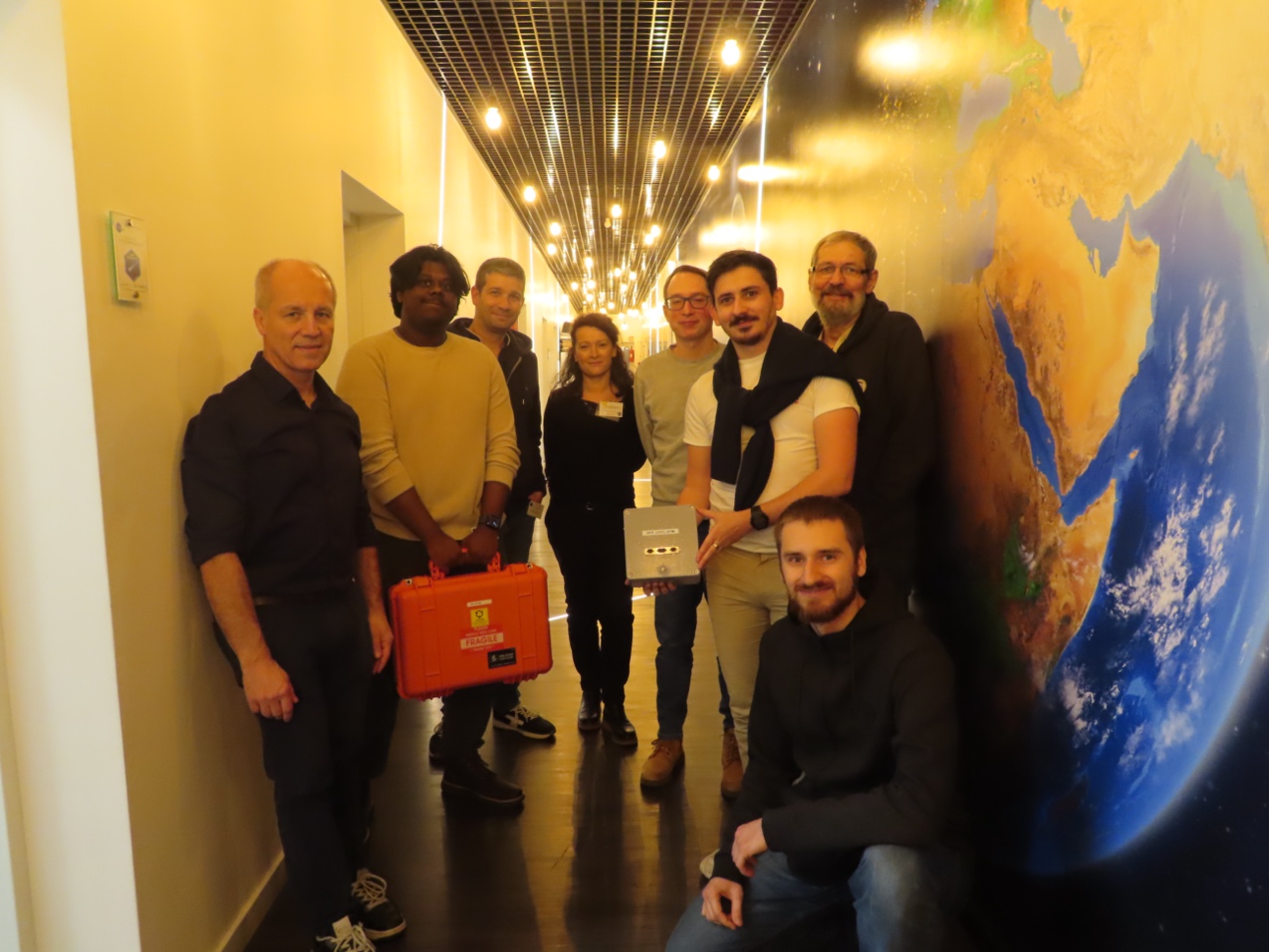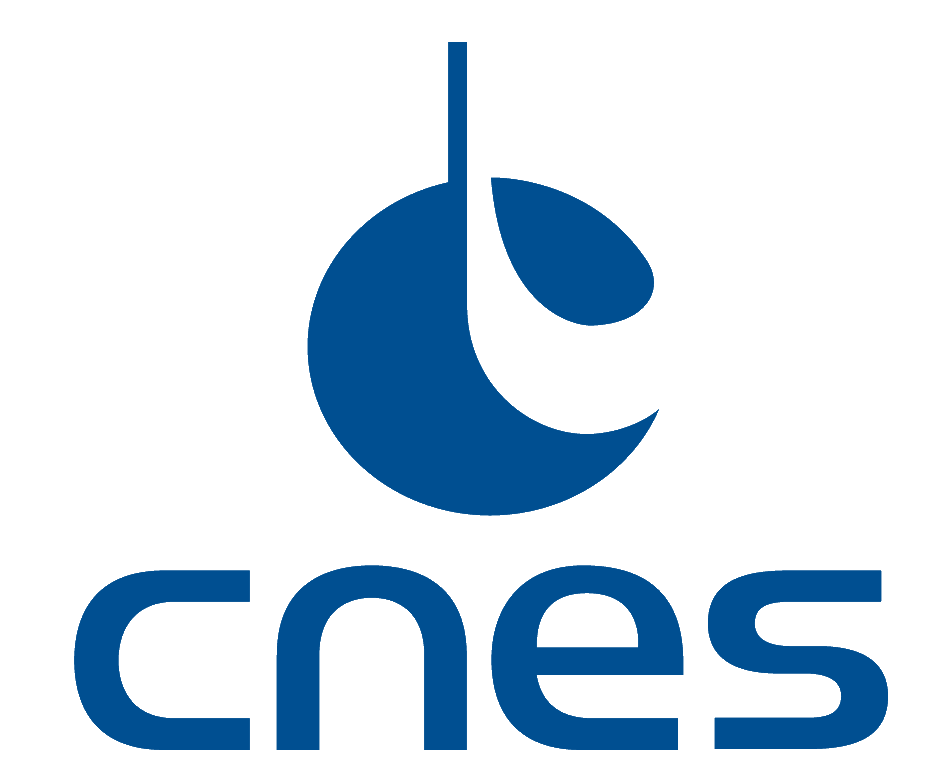Delivery of the electrical model of the LEES instrument for the Comet Interceptor mission
The functional electrical model (EFM) of the Low-Energy Electron Spectrometer (LEES) instrument for which IRAP is responsible was delivered on March 5, 2024 to the Space Research Center (CBK) of the Polish Academy of Sciences in Warsaw. This is the first and only deliverable of the instrument before the flight model planned for the end of 2025. It will soon be integrated into the electrical model of the mission’s mother satellite developed by OHB Italy.

The IRAP LEES Team (Carine Amoros, Thomas Dias with the LEES EFM model in his hands, Bruno Moutounaick, Henry-Claude Séran) with Yann Le Huede (CNES EMC expert ), and the CBK DFP Team.
LEES is part of the Dust, Fields, and Particles (DFP) instrumental suite dedicated to multi-point measurements of the ionized and dusty environment of a comet. DFP will measure in particular the magnetic and electric fields, the plasma parameters (density, temperature, speed), the distribution functions of electrons, ions, Neutral Energetic Atoms, the potential of the satellite, and the impacts of cometary dust in the solar wind and the cometary environment.
LEES is a low-energy electron spectrometer (1 eV-1 keV) designed and built by IRAP with a technical contribution from Charles University in the Czech Republic and the Astrophysics Laboratory of Bordeaux.
Further Ressources
- IRAP’s contribution to the Comet Interceptor mission
- The Comet Interceptor mission on the ESA’s website
- Website dedicated to the Comet Interceptor mission
IRAP Contacts
- Nicolas ANDRE, responsable scientifique nicolas.andre@irap.omp.eu
- Christophe Verdeil, chef de projet christophe.verdeil@irap.omp.eu






